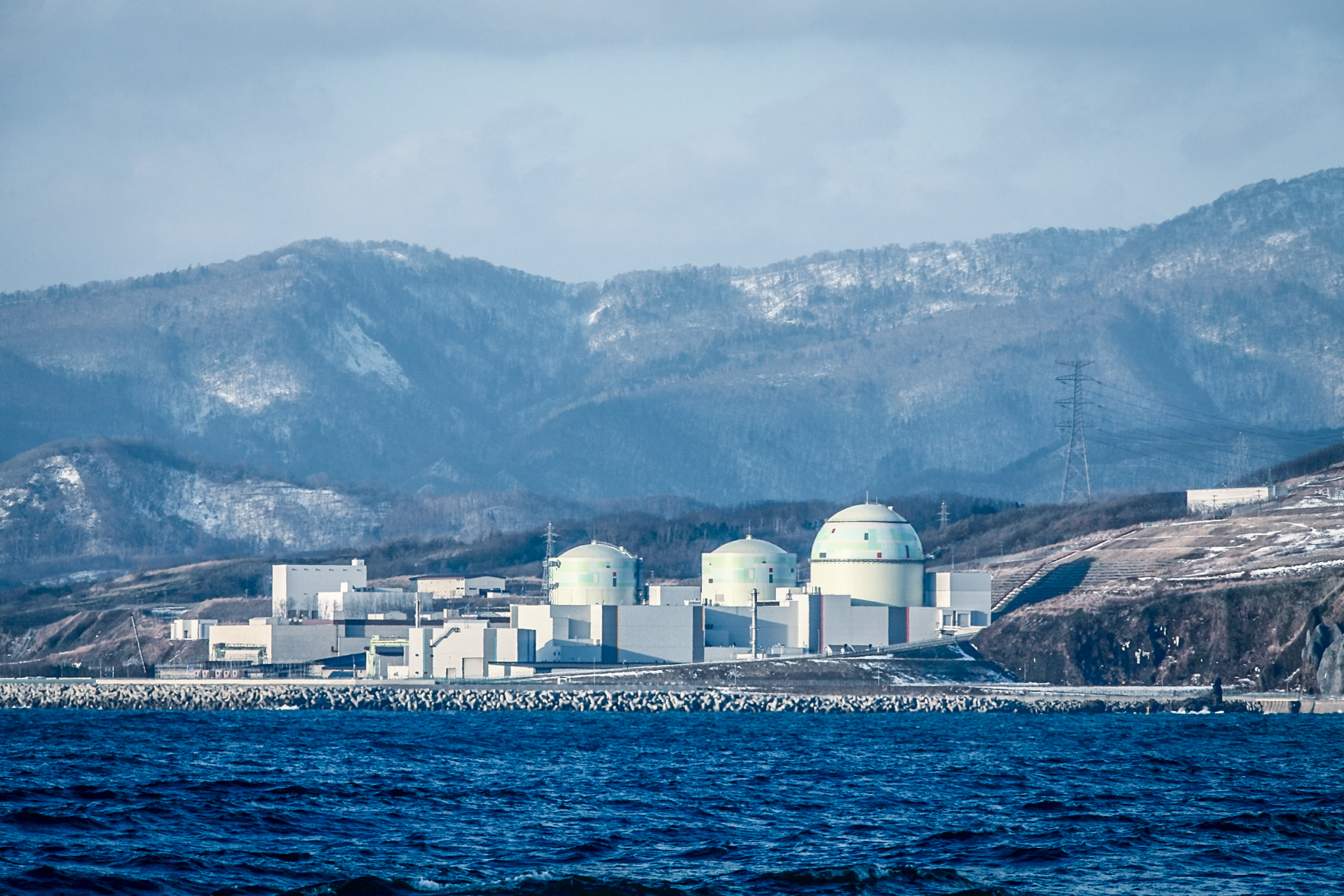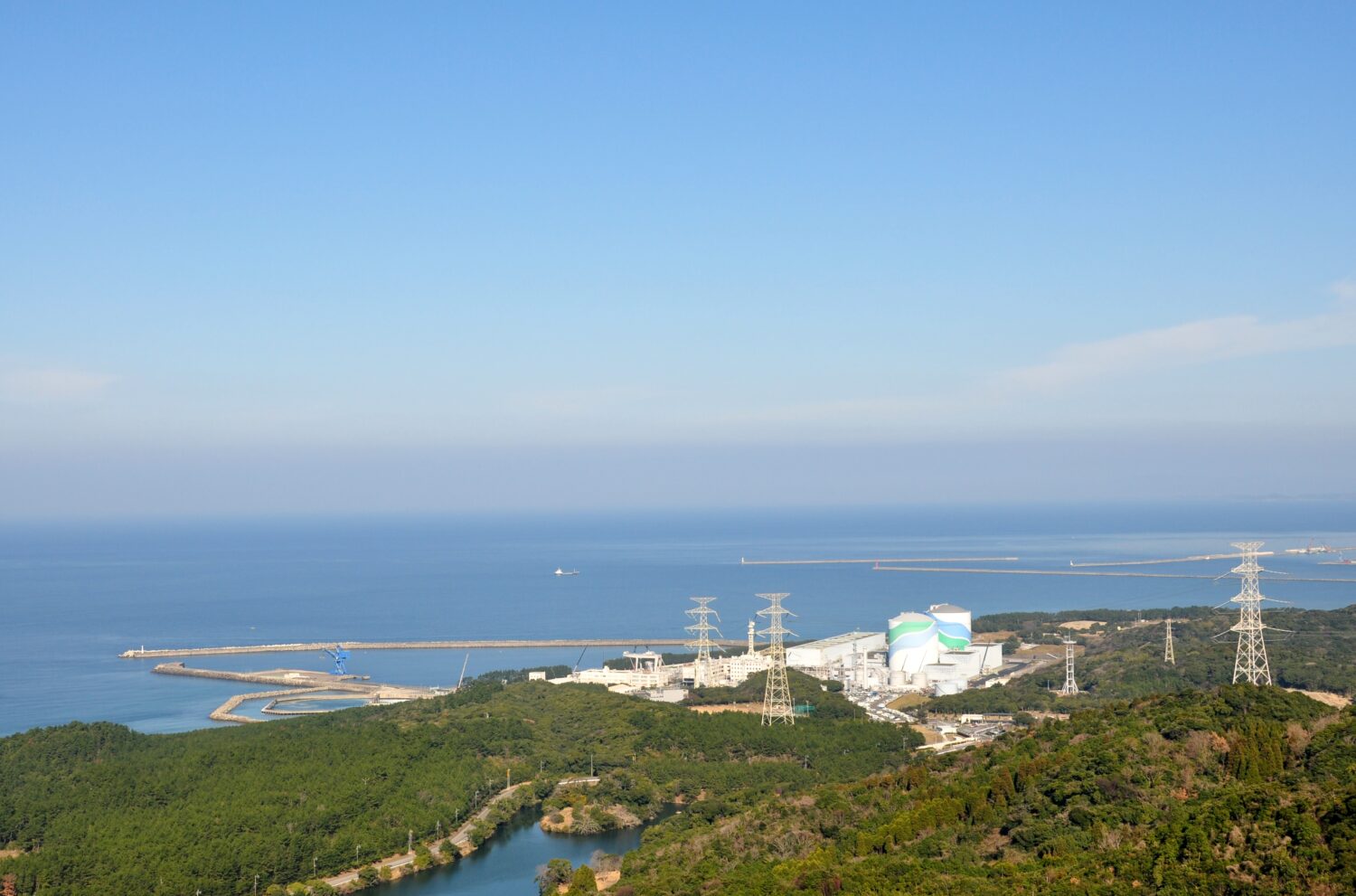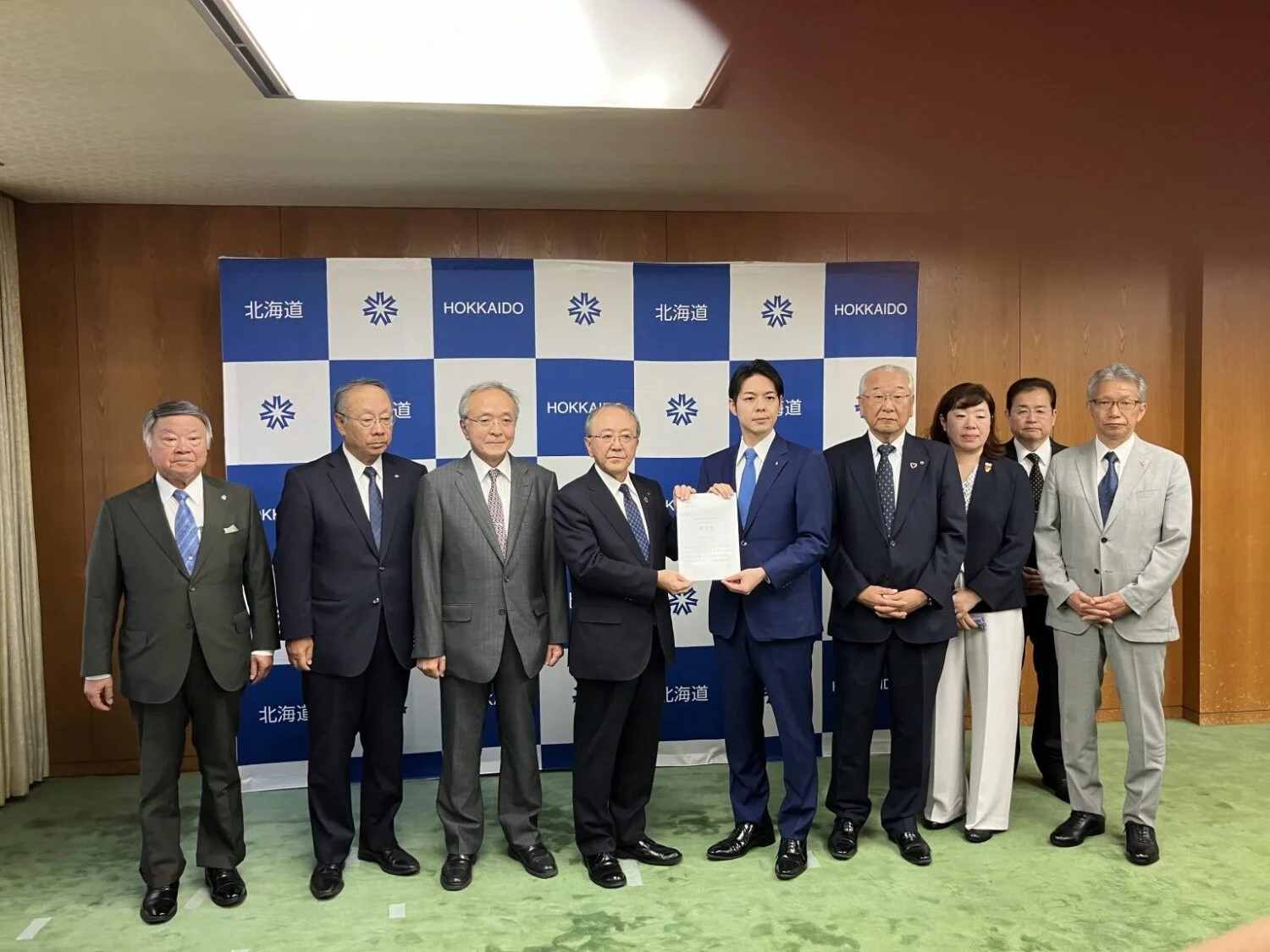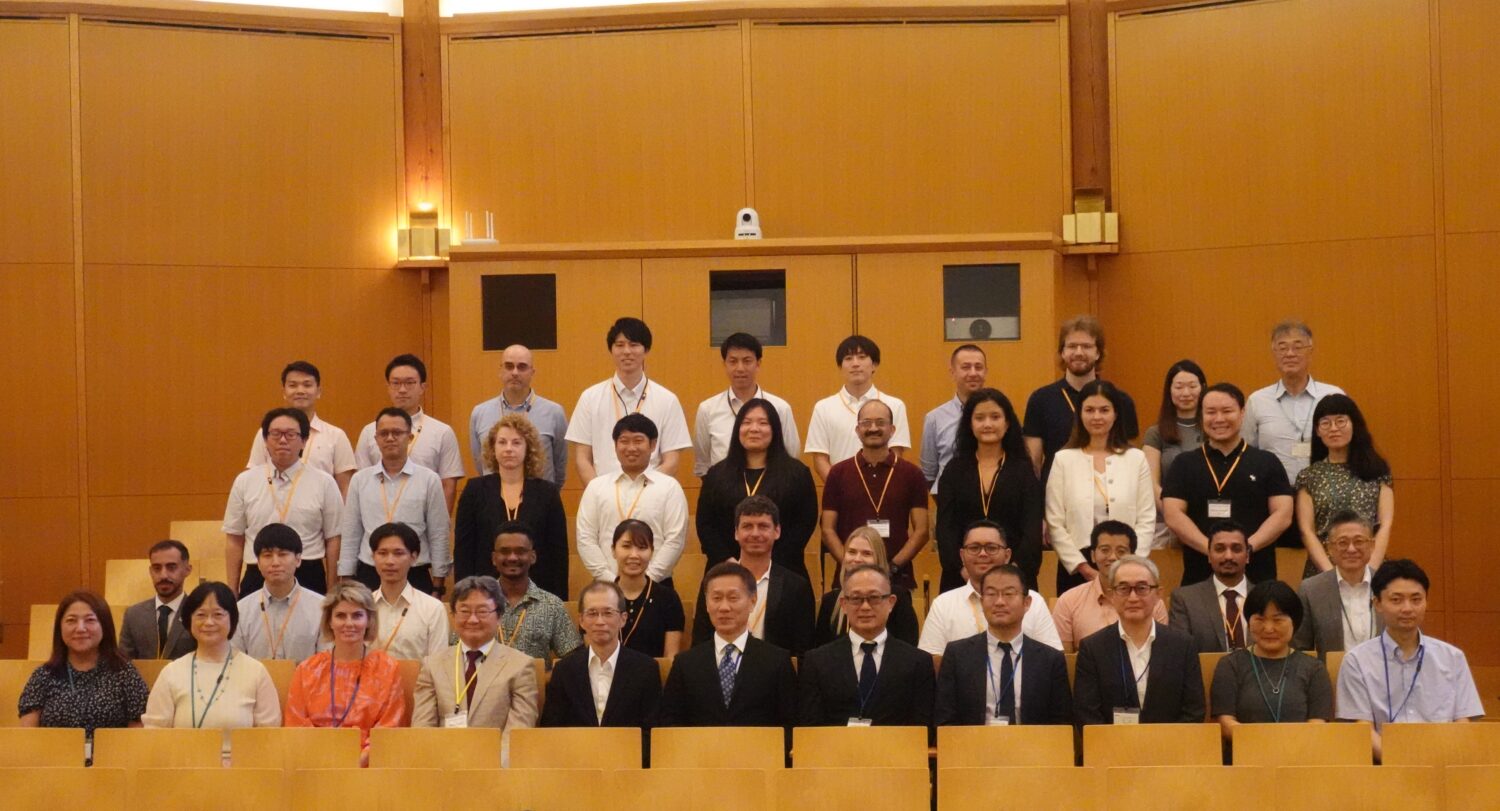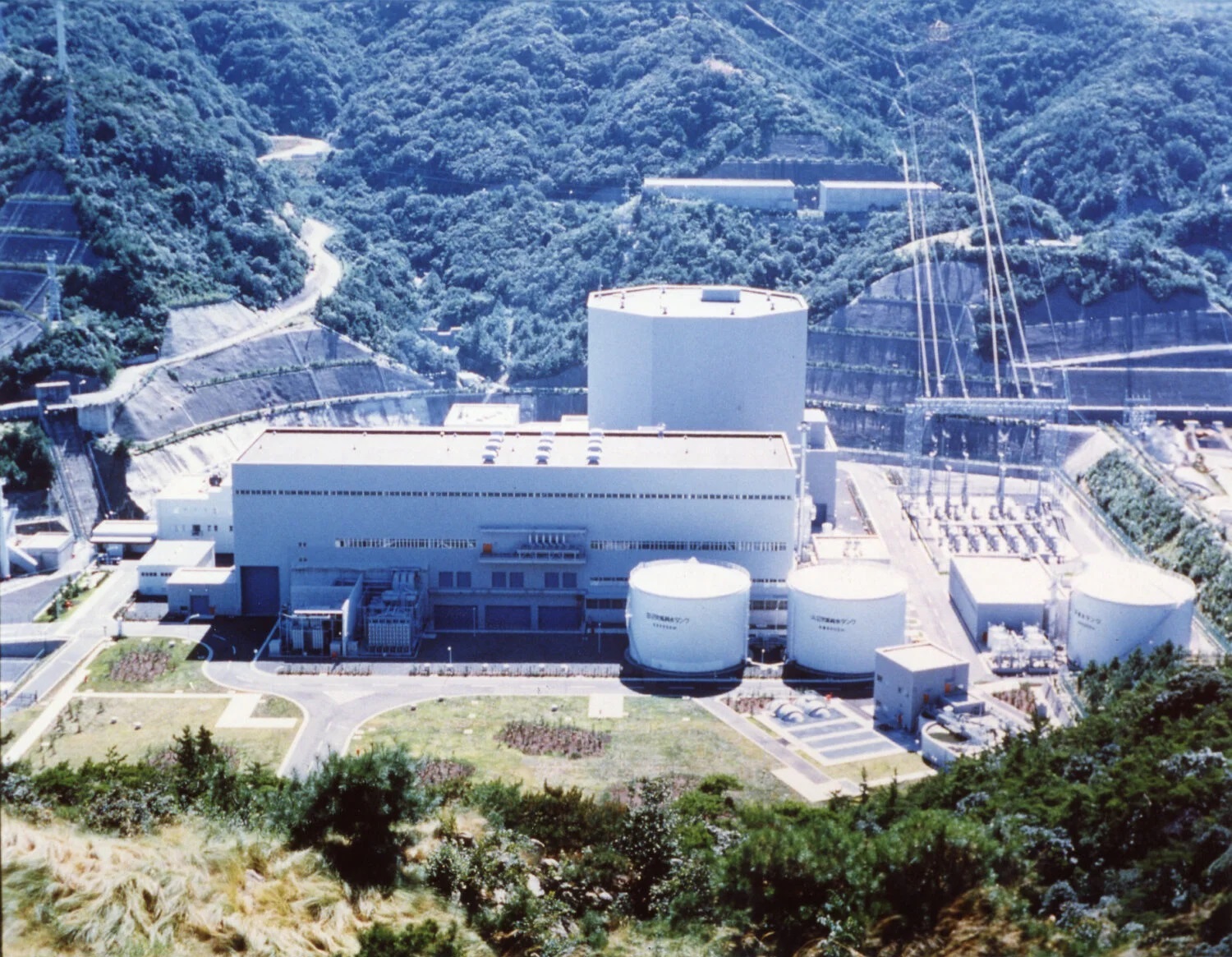In its statement, NRA said that it would not grant permission to make changes to the reactor installation at Tsuruga-2, because of its noncompliance with the requirement that “important safety related facilities (such as reactor buildings) be installed on ground surfaces without outcrops of capable faults that may be active in the future.”
After its announcement, NRA agreed to open the draft for public comments, based on which the report will be officially finalized.
Since the new regulatory standards for Japan’s nuclear power plants (NPPs) came into effect in 2013—in the wake of the March 2011 accident at Fukushima Daiichi—this was the first time that NRA had concluded that it could not clear a safety compatibility examination for a reactor (including research reactors and nuclear fuel cycle facilities).
Almost nine years ago, in November 2015, JAPC had applied to NRA for an examination of Tsuruga-2 for compatibility with the new regulatory standards. Examination-related activities were suspended for a time due to doubts about data from JAPC’s geological investigations. The point of contention was the activity and continuation of a fault known as the K Fault, situated near a fault zone of crushed rock known as D-1, located within the premises of the Tsuruga NPPs and running directly below the Tsuruga-2 reactor building.
Since September 2023, the NRA examination team held examination meetings eight times and carried out on-site investigations. At the most recent examination meeting, on July 26, investigators presented their confirmation of two points:
(1) The difficulty of denying that the K Fault’s “active nature” had existed since the late Pleistocene epoch, i.e., since about 120,000 years ago.
(2) The similar difficulty of denying that the K Fault extended to the fault zone of crushed rock, known as D-1, which runs directly under the Tsuruga-2 reactor building.
The draft review report was subsequently formulated at the meeting in line with the findings.
After the July 26 examination meeting, JAPC said that it would “try to secure additional investigations and enhance the available data,” underscoring its intention to continue efforts to restart Tsuruga-2. At an extraordinary examination meeting held one week later, on August 2, JAPC representative explained the additional investigations made by an expert team composed of outside engineers, among others, and released a comment on how the Agency would deal with the matter henceforth.
In any examination of nuclear facilities—especially those involving a look at geological features and seismic vibrations—it is extremely difficult to determine the activity of prehistoric faults, a situation that complicates judgments based on regulatory standards. That is why the examination period had been so protracted this time.
Upon approval of the draft review report on Tsuruga-2, Commissioner ISHIWATARI Akira, the person responsible for the NRA’s examinations regarding earthquakes and tsunamis, stated his recognition that the “review report demonstrates that the decision was made on a scientific basis.”
On the other hand, Commissioner SUGIYAMA Tomoyuki, the person responsible for plant examinations, said that the report’s conclusions lay in an “area where judgments cannot be based on simple black-and-white thinking,” that is, in a gray area without definitive conclusions.
At a press conference after the August 28 regular meeting, NRA Chairman YAMANAKA Shinsuke looked back on the eight-plus years of the examinations at Tsuruga-2—which had started before he assumed his current post—and reiterated that the ruling this time was “quite a monumental decision.” He also referred to the work done by the examination team, saying that they had “conducted the examinations prudentially” and had “taken sufficient time.”
Finally, citing JAPC’s expected filing of another application for the NPP, he reflected his Agency’s position when he said that “nothing” had been “precluded.”


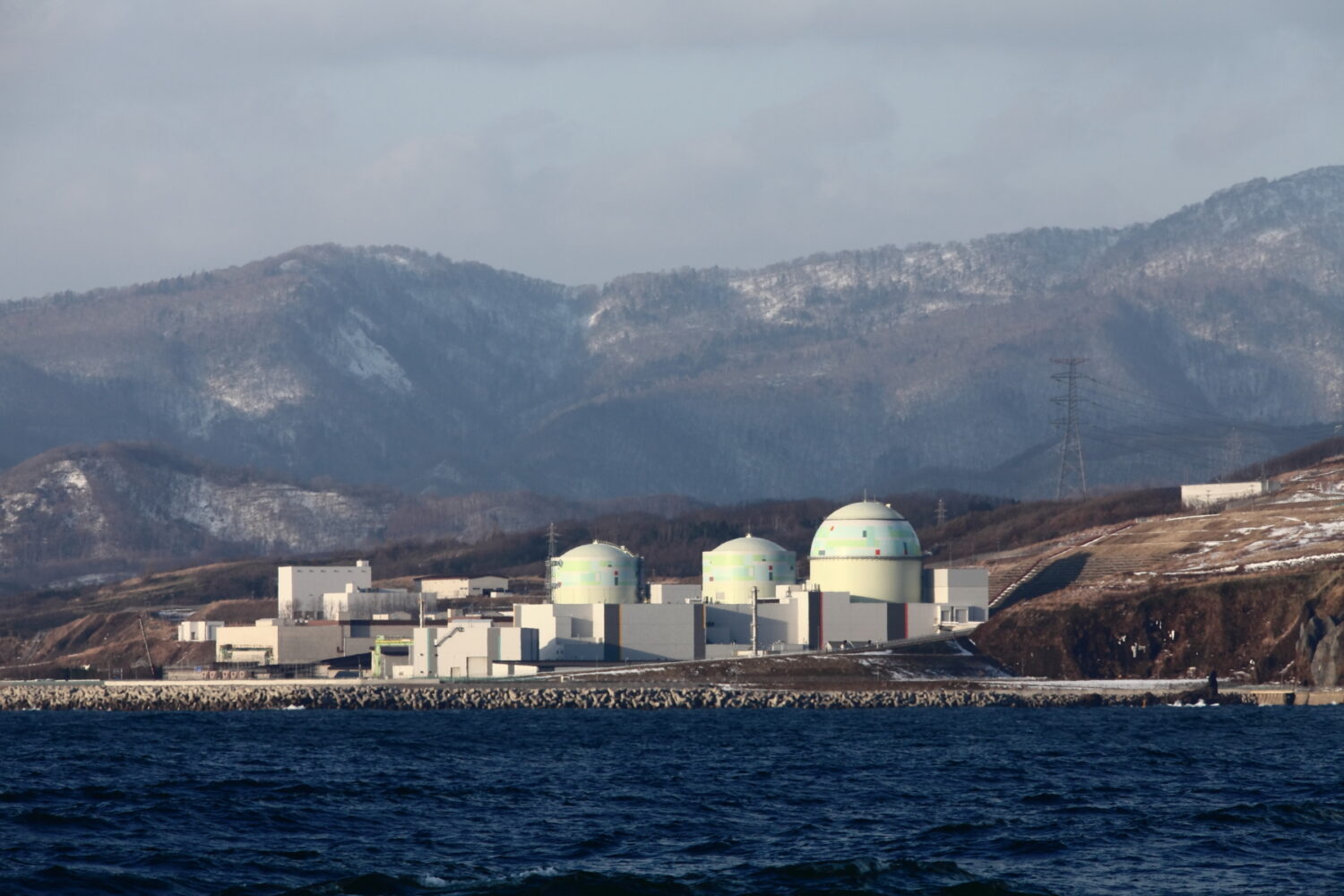
-049.jpg)
.jpg)

